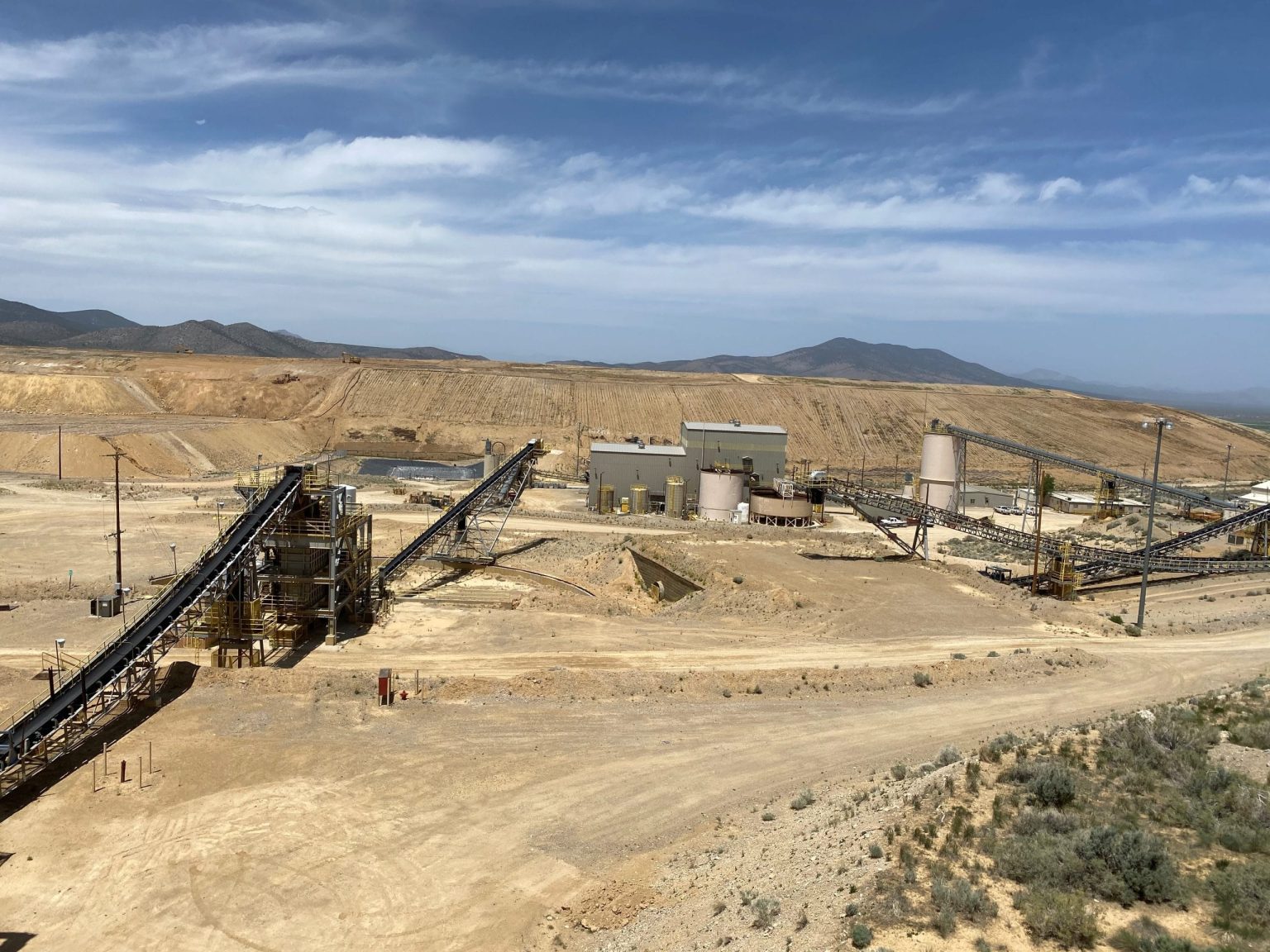Nevada-based mining company i-80 Gold is charting an ambitious path to become the region’s next mid-tier gold producer under the leadership of mining industry veterans who recently joined the firm.
The company, which trades on the Toronto Stock Exchange under the symbol IAU, has unveiled a comprehensive three-phase development strategy aimed at achieving annual gold production exceeding 600,000 ounces in one of the world’s most mining-friendly jurisdictions.
CEO Richard Young, who to
...
Nevada-based mining company i-80 Gold is charting an ambitious path to become the region’s next mid-tier gold producer under the leadership of mining industry veterans who recently joined the firm.
The company, which trades on the Toronto Stock Exchange under the symbol IAU, has unveiled a comprehensive three-phase development strategy aimed at achieving annual gold production exceeding 600,000 ounces in one of the world’s most mining-friendly jurisdictions.
CEO Richard Young, who took the helm approximately a year ago, has been joined by Chief Operating Officer Paul Chawrun, who brings over three decades of mining engineering expertise. The leadership team previously worked together at Teranga Gold, where they successfully built a small producer into a mid-tier company that was later acquired by Endeavour Mining for a significant premium.
“We’ve quickly moved to strengthen not just the balance sheet but also the organization,” Chawrun explained. “We’ve added structural geologists, resource geologists, mining engineers, and permitting specialists to execute our development plan.”
i-80 Gold’s assets sit on Nevada’s prolific Carlin Trend, known for its predictable and well-understood geology. “This is epithermal mineralization hosted in sedimentary rock,” said Chawrun. “The geology here is actually quite well understood, which gives us confidence in resource conversion and mine planning.”
The company currently operates the Granite Creek mine, which has been producing for two years and features exceptionally high-grade underground resources exceeding 10 grams per ton in measured and indicated categories, with inferred resources averaging 13 grams per ton.
The three-phase development strategy begins with refurbishing the company-owned Lone Tree Autoclave, which operated until 2006. Currently, i-80 Gold ships Granite Creek ore to the Turquoise Ridge Autoclave under a toll milling arrangement that significantly impacts margins.
“We’re losing approximately $1,000 to $1,200 per ounce that we could capture once Lone Tree is operational,” Chawrun noted. The company has engaged Hatch Engineering, recognized experts in autoclave technology, to manage the refurbishment, with completion targeted for late 2027.
Phase one also includes development of the Archimedes underground mine at the Ruby Hill complex, where permits were recently received to begin the first drift. A comprehensive drill campaign scheduled for late this year will support resource conversion.
The second phase expands the production base by bringing online the Cove underground mine and the Granite Creek open pit. Cove offers high-grade material with a feasibility study targeted for completion by Q1 2026. All-in sustaining costs are projected at $1,400 to $1,500 per ounce, with exceptional grades offsetting lower volumes.
Meanwhile, the Granite Creek open pit represents a different approach, featuring approximately 1.4 million ounces of oxide material at 1.2 grams per ton, suitable for heap leach and CIL processing. Preliminary economic assessments indicate costs in the range of $1,200 to $1,300 per ounce, providing substantial margins at current gold prices.
The development strategy culminates with Mineral Point, the company’s flagship asset. This open pit operation alone targets 280,000 ounces per year with all-in sustaining costs between $1,200 and $1,300 per ounce. The mine boasts a 17-year operational life backed by 3 million ounces of measured and indicated resources, plus another 2 million ounces in the inferred category.
Operating in Northern Nevada provides i-80 Gold with significant advantages in terms of regulatory framework and established infrastructure. “These projects receive support across federal, state, and local regulatory agencies,” Chawrun said. The company emphasizes stakeholder engagement, particularly for Mineral Point, reducing development risk and supporting long-term sustainability.
On the financial front, i-80 Gold recently completed an equity raise to address immediate balance sheet needs. Looking ahead, the company aims for self-funded development, with each phase designed to generate cash flow supporting subsequent expansion. Management is also evaluating the potential divestiture of the FAD deposit to provide additional capital for growth initiatives.
The global gold mining sector continues to face pressure to replace depleting reserves while maintaining production growth in established, low-risk jurisdictions. Nevada’s position as North America’s premier gold-producing region makes it particularly attractive for development-stage companies with proven resources.
Current gold price levels provide substantial margin cushion for i-80 Gold’s projected operating costs, creating potential for strong cash flow generation throughout the development cycle.
“We aim to become the next mid-tier gold producer in Northern Nevada,” Chawrun stated. “We expect to produce over 600,000 ounces per year of gold at low cost, with modest capital requirements in a safe, mature mining jurisdiction.”


